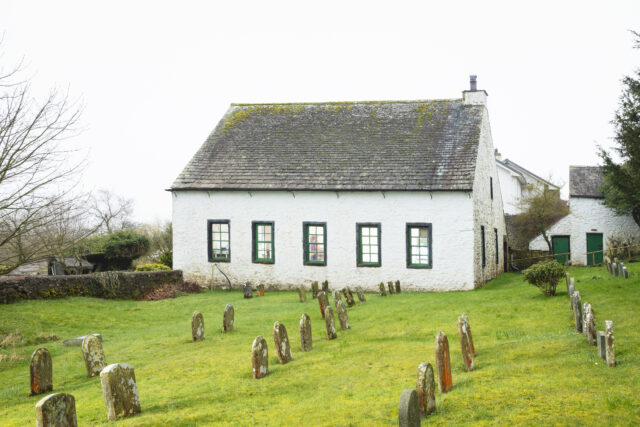Quaker meeting houses given protected heritage status
Some 11 meeting houses across England are newly listed at Grade II while some of the oldest venues receive enhanced protection.

Quaker meeting houses across England have been given new or enhanced protected status in a move celebrating their “quiet simplicity”, Historic England said.
Some 11 meeting houses, from a 19th century building in Cartmel, Cumbria, designed by the architect of the Natural History Museum to a 1970s concrete venue in London’s Blackheath, have been given Grade II listed status.
The oldest meeting house in the world still in continuous use, which opened in Hertford in 1670 to replace meetings held in private homes, has been upgraded to Grade I protected status.

The Quaker movement, or the Religious Society of Friends, began in the 1600s, largely led by George Fox.
He turned his back on the established Christian church and believed everyone could have a direct relationship with God, removing the need for priests or churches.

Now 300 of the 500 groups, or meetings, in Britain have a dedicated meeting house rather than renting a space or meeting in a private home.
In England, more than 250 meeting houses are protected as listed buildings, though not all are still in use by Quakers.

Resembling a pair of houses outside, inside it is one large meeting room to the full height of the building, lined by timber panelling and rows of benches, while the roof is supported by a single oak column in the centre.
The five meeting houses which have been upgraded to Grade II* protected status include venues in Nailsworth, Gloucestershire, and Alton, Hampshire, which were also built for worship while it was still against the law.

Heritage minister Michael Ellis said: “Britain’s buildings tell the story of our history and the people who shaped it.
“By listing the Quaker meeting houses, we are preserving important places of worship and celebrating their rich heritage.”

“They are a largely unsung group of fascinating and surprisingly varied buildings that reflect the history, attitudes and ethos of the Quaker movement.
“While many still serve their Quaker communities, their historic charm and flexible spaces are also enjoyed by lots of other groups, visitors and passers-by and they deserve to be protected for future generations.”

“It is particularly heartening to see examples of 19th and 20th century meeting houses being listed. Our meeting houses continue to be centres for our faith and witness today.”





